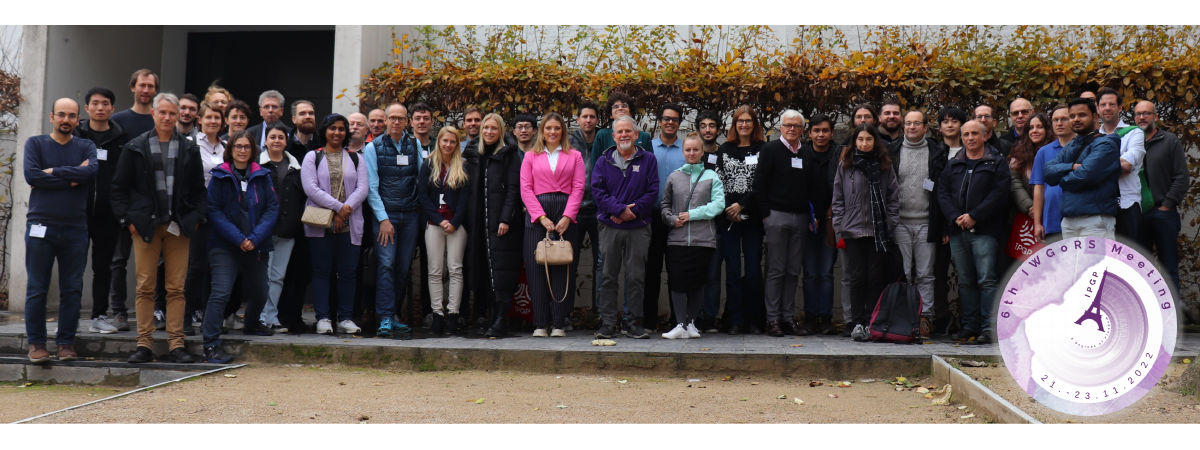Inverting Ground Motion from a Seismometer Array to obtain the Vertical Component of Rotation: A Test Using Data from Explosions
Wu-Cheng Chi, W. H. K. Lee, C. J. Lin, John Aston, and C. C. Liu
We study what affects the reliability of deriving rotational ground motions using translational array waveforms. The dataset was collected when explosives were set off about 500 m away from a specially designed seismic array in free field consisting of 8 tri-axial rotational sensors and 13 tri-axial accelerometers. We recovered the first order features of vertical rotational ground motions in the 0.5 to 20 Hz bandwidth using the Spudich and Fletcher’s procedure (2009). We also formulated a different way of inverting the translational waveform data using the Jaeger’s (1969) formula and derived similar results. However, the synthetics have high standard deviations, possibly due to break down of the rigid body rotation assumptions, as the inverted strains are as large as 5×10-4. Noisy translational data can also contribute 25% of the standard deviation, based on synthetics waveform tests. We used a station configuration of a dense, small-aperture, translational array combined with a few large-offset stations. A small-aperture array fulfills the uniform rotation assumption in the theory. However, inverting data from such an array requires very accurately recorded waveforms; since waveforms from adjacent stations are very similar. In this case, large-offset translation stations provide additional constraints in time and space. The inverted results are of good quality for predicting the complete 3-component translational ground motions, even though only horizontal components were used in the inversion. Lessons learned from this study might be helpful for future studies using translational ground motions to derive dynamic ground strains, tilts, and torsions.
.png)